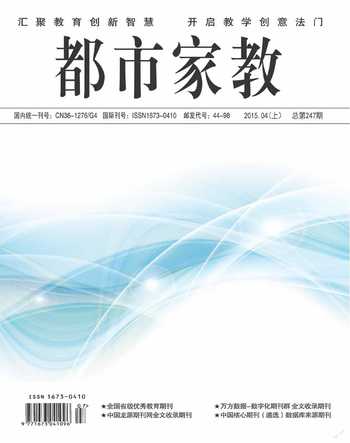OnArbitrariness
张海霞
In the early twentieth, Ferdinand de Saussure explained the symbols systemically. Before that, it was acknowledged that linguistic symbol is the combination of concrete and specific audible sound and its corresponding meaning. However, in Saussures opinion, this view is one-sided. There are two reasons. On the one hand, the quality and tone of sounds vary with people, and even the same person cant produce a totally same sound, but this phenomenon doesnt influence the result of communication. On the other hand, the meanings of words are difficult to master. Then Saussure put forward that the linguistic symbols are composed of “sound pattern” and “concept”. The “sound pattern” is the form of the symbol, while the “concept” is the content of the symbol. Besides, He regards a symbol as two sides of a paper. We cant separate “concept” from its “sound pattern”, even though we cut or rub this paper. Afterwards, he changed these terms into “signification” and “signal”. And the relationship between them is still arbitrary. Arbitrariness means that there are no logical motivation and rational relationship between them. Take “book” for example. English call it “book”, French call it “livre”, while Chinese call it “shu”. We can not find logical connection between these different names of the same content; hence, we can say that the relationship between signification and signal is arbitrary. However, “arbitrariness” is relative. So there are two different voices in ancient Greek, one is “naturalism”, and the other is “conventionalism”. “Naturalism” emphasizes the rational relationship between language and nature, while “conventionalism” pays attention to the conventional relationship. For example, “ship” in English can be used to express a kind of “relationship”, such as interrelationship, friendship, membership, etc. however, it is just a part of this kind of words, and the exceptions do exist, such as hardship. So its just a one-sided explanation. Then turn attention to onomatopoeia. Onomatopoeic words are always considered as counter-evidence of arbitrariness. When a dog barks, the Chinese imitate it as “wang-wang-wang”, while in English, “wow-wow-wow”. They use different sounds to refer the same phenomenon. Why? Because its arbitrary. So it is unreasonable to totally deny the “arbitrariness” by partial examples. From the point of “conventionalism”, they seek to find some conventional relationships between “signification” and “signal”. Based on this theory, we can explain why we call a “dog” a “dog”, not “god” or other words. It is just a matter of convention. But why do we have to follow this kind of convention if the linguistic symbol is arbitrary? This is because that once the convention formed, it cant be changed easily; otherwise, there are no stable and fixed names for things.
Considering relative arbitrariness, we can not turn back to “iconicity”. To solve this problem, we have to consider many factors, such as language unit, the type of language, etc. In Chinese, “紙” is a symbol to refer to “paper”. But do its sound “zhi” and form “书” has an intrinsic relationship? Apparently not. Then take “火” for example, the form “火” was created according to the real entity of “火”,so there is some internal relationship between the word and its meaning. On this level, iconicity exists in Chinese. However, this analysis can not be applied to English in this example. In English, the form “fire” has nothing to do with its meaning. However, in English, there are also some examples to explain “iconicity”. Take “eye” for example, the form is just like real entity “eye”. From this example, we can draw a conclusion that Chinese and English, to some extent, are iconicity. They both have “arbitrariness” and “iconicity”. They are irregular.
Conclusion:as discussed above, arbitrariness is the essential principle of linguistics and it governs the study of linguistics.

